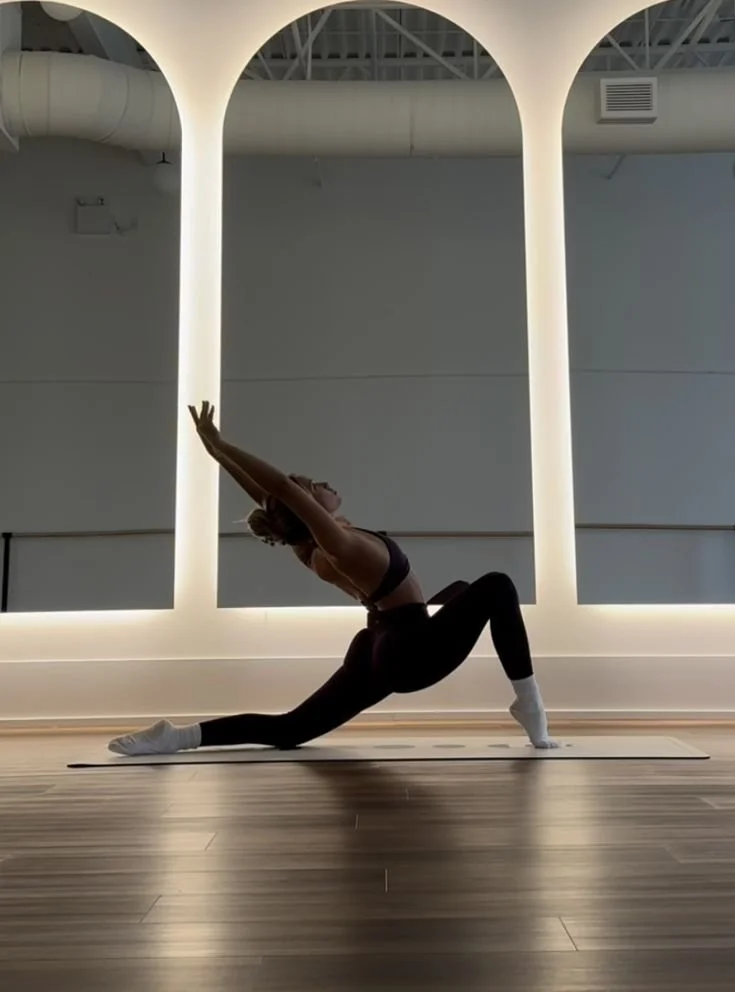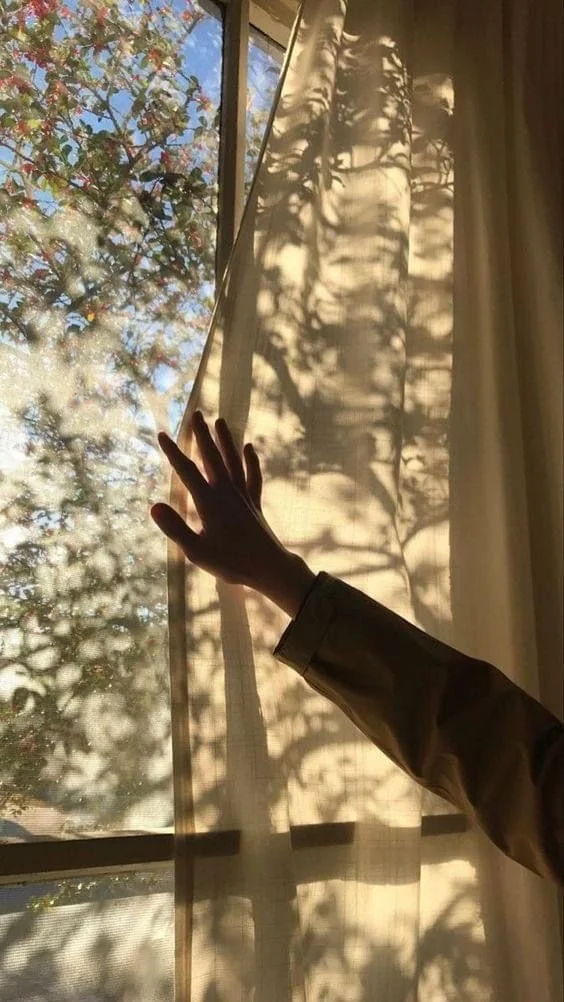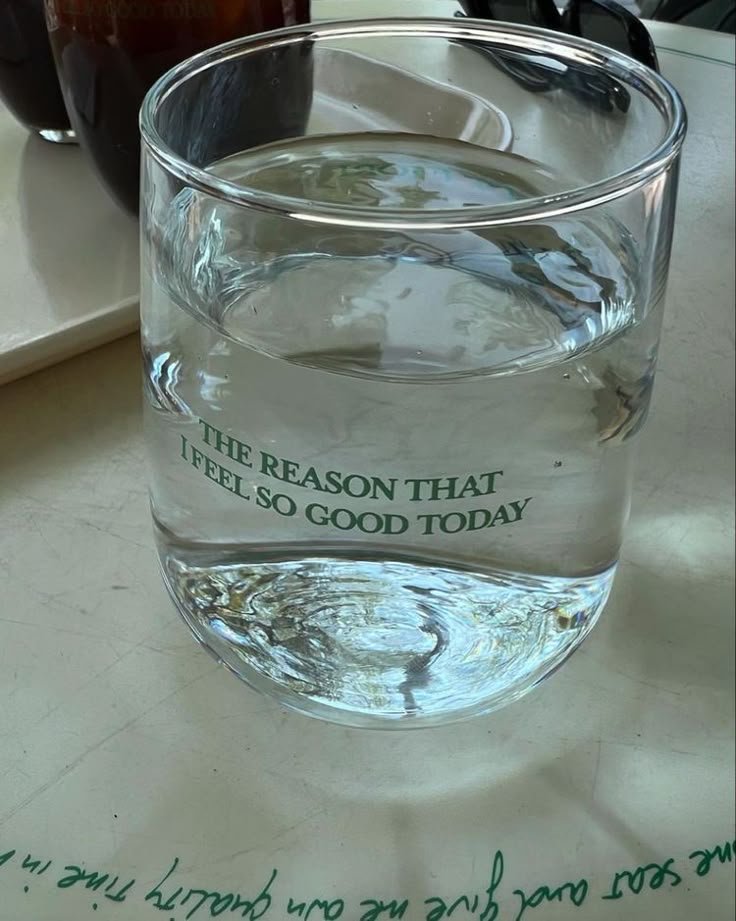How UV Exposure Can Cause An Eye Surface Disease
Every day, we step outside into the beautiful world around us, feeling the sun's gentle warmth on our faces and absorbing its vibrant energy. But did you know that while the sun plays a crucial role in helping plants grow and providing us with warmth, it also sends out invisible rays that can potentially harm our delicate eyes?
These rays are referred to as ultraviolet (UV) rays, and gaining a thorough understanding of their multifaceted effects is crucial. In this article, we explore how prolonged UV exposure can lead to a serious eye surface disease, why this issue matters significantly for your overall health, and what proactive steps you can take to effectively protect your eyes from potential harm.
No. 1
What Are UV Rays?
Ultraviolet rays are a specific type of energy produced by the sun that plays a significant role in our environment. These rays are invisible to the naked eye, yet they have powerful effects that can influence various aspects of our health and well-being.
There are three primary types of UV rays: UVA, UVB, and UVC. Among these, UVA and UVB rays successfully penetrate the Earth's atmosphere and can have a noticeable impact on our eye health and skin conditions. It is essential to be aware of these effects to protect ourselves effectively.
No. 2
The Impact of UV Rays on Your Eyes
When harmful UV rays make contact with your eyes, they can gradually cause significant damage over time. Just like how prolonged sun exposure can burn your skin, excessive UV exposure can adversely affect the delicate and sensitive components of your eyes. This cumulative damage can lead to a range of problems, including eye surface disease, which may result in discomfort and vision issues if not addressed properly.
No. 3
How UV Rays Lead to Eye Surface Disease
Eye surface disease is a fairly common condition that can occur when your eyes are exposed to excessive amounts of UV rays over time. This exposure can lead to various symptoms and complications, highlighting the importance of protecting your eyes from the sun.
39 Dollar Glasses
Protect your eyes from harmful UV-rays and blue-violet lighting with 39 Dollar Glasses’ Prevencia® Anti-Reflective Lens Coating
No. 4
Understanding Eye Surface Disease
Eye surface disease, which is also commonly referred to as ocular surface disease, affects the delicate outer layer of your eye. This protective layer is vital because it serves the important purpose of safeguarding your eye from harmful elements such as dust, dirt, pollutants, and germs in the environment. When UV rays penetrate and damage this critical layer, it can lead to a variety of uncomfortable symptoms, including inflammation, persistent redness, and even significant changes in your vision over time.
One example of a noticeable condition is the grey spot that appears on the white of the eye, which is called the sclera. But what causes a grey spot on the white of the eye? This phenomenon can be attributed to several underlying factors, including the presence of a pinguecula, which is a yellowish growth on the conjunctiva, or a pterygium, which is a more pronounced growth that can extend onto the cornea.
These are growths on the eye's surface that can develop as a result of prolonged, long-term exposure to harmful UV rays from the sun. If left untreated, these growths can increasingly affect your vision over time and may ultimately require medical intervention to address the potential risks associated with them.
No. 5
Long-Term Effects
Continuous exposure to harmful UV rays can have significant long-term effects on your eyes and overall eye health. It can increase the risk of developing cataracts, a condition characterized by the clouding of the eye's lens, which can lead to impaired vision and discomfort. Additionally, it may contribute to the formation of pterygium, a growth that forms on the surface of the eye and can interfere with one’s vision, making regular eye protection essential for maintaining clear and healthy sight over time.
No. 6
How to Protect Your Eyes from UV Rays
It's essential to take proactive steps to protect your eyes from harmful UV rays, particularly during the peak sun hours when the sun's intensity is at its highest.
Here are some valuable tips to keep in mind as you safeguard your vision and overall eye health:
Sunglasses
One of the simplest and most effective ways to thoroughly protect your eyes from harmful UV rays is by consistently wearing a good pair of sunglasses. When selecting sunglasses, be sure to choose a pair that blocks 100% of both UVA and UVB rays. It is advisable to look for labels that say "UV400," as these sunglasses offer the best possible protection for your eyes while you enjoy the outdoors.
Hats and Sun Protection
Wearing a stylish wide-brimmed hat can also provide much-needed protection by effectively shielding your sensitive eyes from the harsh rays of the sun. Additionally, it’s wise to seek out shade whenever possible, particularly during those peak midday hours when UV rays are most intense and can cause significant skin damage.
Lens Coatings
If you wear glasses, you might want to consider getting lenses that come equipped with UV protection. Many modern eyeglass lenses can now be treated with a special coating that effectively blocks harmful UV rays from reaching your eyes, thus providing you with an additional layer of safety and protection. This enhancement is particularly important for maintaining your eye health over time, especially when exposed to bright sunlight.
Takeaways
Understanding how ultraviolet (UV) exposure can lead to various types of eye surface disease is crucial for effectively protecting your vision over time. By taking simple yet impactful steps such as wearing high-quality sunglasses, seeking shade during peak sunlight hours, and scheduling regular comprehensive eye check-ups, you can successfully safeguard your eyes from the harmful effects of UV rays.
It is essential to understand that UV protection is necessary not just during the hot summer months but also throughout the entire year, as harmful rays can penetrate through clouds and affect your eyes even on overcast days. Educating yourself and others about these protective measures can make a significant difference in overall eye health and help in preventing long-term damage.
Looking for Wellness Resources?
Are you looking to enhance your wellness routine? Explore our wellness partners who offer a wide range of resources to support your journey toward holistic living and well-being.































